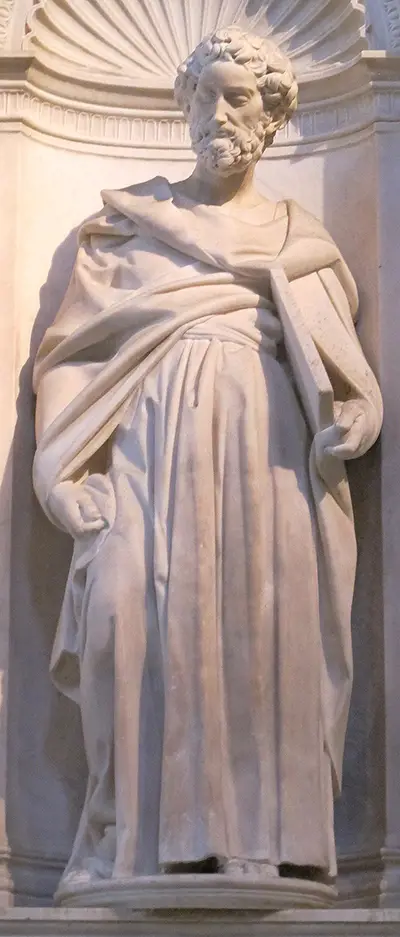There are few artists to have achieved as much as Michelangelo, and his legacy remains as strong today as it ever has been. He is one of the masters that we refer to, of whom there are very few. It is hard to imagine someone today impressing so much across such a wide variety of disciplines, from painting to sculpture, with architecture and inventions as well. He is joined in this category by Leonardo da Vinci plus also Raphael, although the latter specialised in painting alone. Michelangelo built up such a strong reputation that he could pick and choose between different commissions, and was known to be very headstrong in the way that he planned and explained his own solutions to the various requests that he received. His life remains much discussed, all these centuries later, with new scientific discoveries helping us to learn more about his work all the time.
Michelangelo was brought in after the original sculptor would suffer ill health. This forced him to abandon the project and all remaining elements were passed onto Michelangelo. He ultimately would not complete the work himself, though did produce several of the necessary figures. It is not entirely clear as to why he did not work on the last sculptures, or call on the services of his assistants to do so instead, and eventually his agreement over the work was cancelled after a period of time passed in which he was not involved at all. The continued management issues experienced by the Piccolomini family would eventually lead to they themselves losing interest in the project and so they chose not to recruit anyone else to finish the display off. Despite its incomplete nature, there is still much to appreciate, artistically, about the Piccolomini Altarpiece, with Michelangelo's St Peter sculpture being an important part of that.
Michelangelo would play a greater role in the figures that are lower down in the altarpiece because he found them to be more interesting artistically, but also that he realised they would be closer to eye level and so more people would notice them. The sculptor was willing to allow others to work with him as assistants because of the amount of work that came his way as his career developed - there was simply no way that he could have achieved what he did without the help of others, though he was a challenging man to work with who would have been more than happy to let his hired hands aware of any issues that he saw with their work. We do know that specifically Baccio da Montelupo was chosen to help out with the work, and he himself was the son of another sculptor and so entirely aware of the processes involved in this relatively large project. Others would also become involved though eventually Michelangelo would leave the project unfinished and move onto other challenges elsewhere in Italy.


